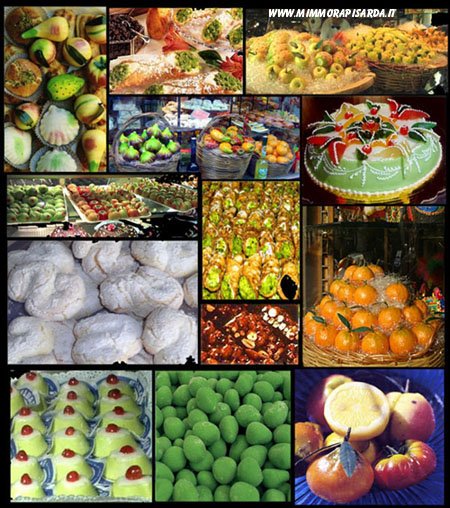
Catherine de Medici introduced artichokes to France when she wed Henri II.
Sicilian immigrants planted California's first artichoke farm near Half Moon Bay in the late 1800s and Marilyn Monroe was crowned California's first artichoke queen in 1948.
A theory suggests that artichokes actually originated in Sicily and were introduced to the rest of Europe around the 12th century. In fact, records show artichokes being grown in Sicily as early as 287 BC, and were a favourite of the Romans in Sicily. They were "re-introduced" again to Sicily by the Moors in the 9th Century. Since then, they always been a staple in Sicilian cuisine: The delicacy and sweetness of Sicilian artichokes contain hidden flavours and fragrances just waiting to explode.
Sicilian artichokes not only are delicious but a good source of ascorbic acid (Vitamin C), niacin, magnesium, potassium, iron, copper, phosphorus, calcium and fibre. The substance cynarin is thought to benefit digestion, while the juice of the leaves is used in skin cosmetics.
An artichoke liqueur, part of the Campari group, bears the name Cynar and is made with artichokes from Sicily. Its distinctive flavour is enriched from an infusion of 13 herbs and plants, making it a completely natural drink.
As Capers, Sausages, Ricotta, Cous Cous, Oranges, Pistacchi and other Sicilian delicacies feature their own personal sagre (festivals) around Sicily, even the humble carciofo has a sagra of his own, taking place in Cerda every 25 April, only 58 km from Palermo.
As Capers, Sausages, Ricotta, Cous Cous, Oranges, Pistacchi and other Sicilian delicacies feature their own personal sagre (festivals) around Sicily, even the humble carciofo has a sagra of his own, taking place in Cerda every 25 April, only 58 km from Palermo.
The artichoke is celebrated every year with a festival that mixes art exhibits and other artichoke-themed entertainment with live traditional bands and parades through the town.
When:
Apr 2009 (annual)
Where:
Cerda
Opening Hours:
Parades and bands start at 9am
Tasting starts at 12pm
Tasting starts at 12pm
Contact Details
Name:
Information
Phone:
+39 091 899 10 03
As you approach downtown Cerda, the enormous statue of an artichoke will remind you of what will be the "king dish" on the menu (the photo, above, is of the "Big Artichoke" sculpture in the main piazza of Cerda).
But whether you will want to visit Cerda or not, if you are on your way to Sicily don't forget to sample some Sicilian carciofi at the restaurant.
These are a must try :
Carciofi Ammuttunati - or ripieni (artichokes stuffed with breadcrumbs, raising, parmigian and herbs)
Carciofi alla Villanella -
Carciofi in pastella (deep fried artichokes)
If this tantalises your taste buds, try this recipe.
For those wanting to purchase authentic Cerda artichokes direct from the source, go here.
And here is a nice article in praise of Sicilian Artichokes.
If this tantalises your taste buds, try this recipe.
For those wanting to purchase authentic Cerda artichokes direct from the source, go here.
And here is a nice article in praise of Sicilian Artichokes.







Last year we took your advice and went to Cerda for the artichoke festival. It is important for anglos to understand that "Cerda" is pronounced "Cherda". Once we understood that we were on our way. The other thing to consider is that Cerda is 7km uphill from the Cerda train station. In retrospect that 7km walk was one of the most wonderful 2 hours of our 3 weeks in Sicily. In the spring the hills are green and filled with flowers, the sun shines and you feel alive. You'll see everything from the newest tractors to traditional sicilian horse and cart at this festival. Try the bacon wrapped onions fresh of the grill.
ReplyDeleteTrue Sarah, anglo (mis)pronunciation of the "ce" or "ci" sound can get us in trouble in Italy. Ce and Ci are always pronounced Che or Chi.
ReplyDeleteGlad you enjoyed Cerda. Any photos?